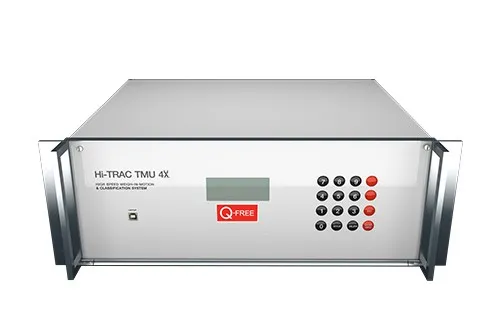RetroSign GRX is able to measure up to seven observation angles simultaneously, up to eight entrance angles using smart adapters, and offers many new features like automatic detection of sign colour, picture of sign, sign colour contrast, sign orientation and tilt, built-in measurement structure and instant pass-fail function.
Delta says the RetroSign GRX is the superior instrument in the market, offering more features than any other road traffic sign retroreflectometer, yet still is very easy to calibrate and operate. Data is processed and presented in existing software like Excel and Google Earth.
Besides RetroSign GRX, Delta will feature its other well-known instruments like the LTL-M, the market-leading mobile marking retroreflectometer, LTL-XL and LTL-X Mark II hand-held marking instruments and Marking Thickness Gauge. The company also plans to unveil a first version of a new measurement device on its stand.










